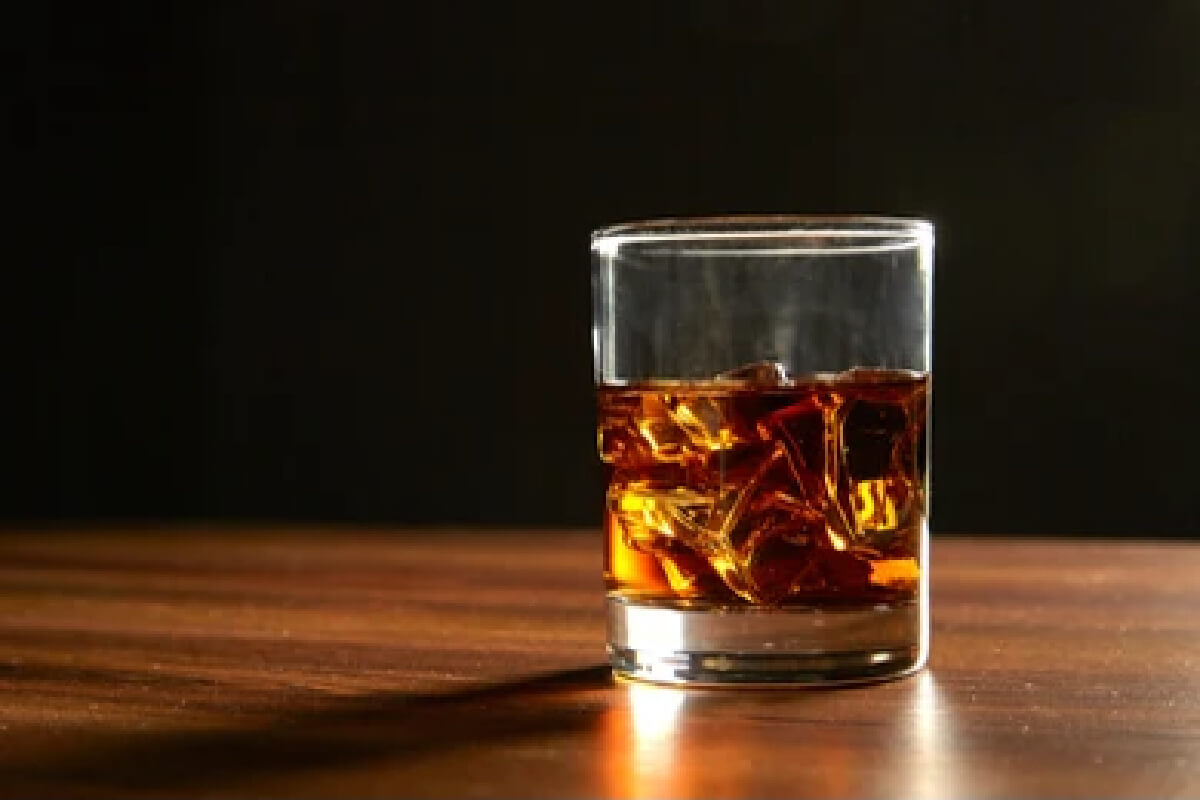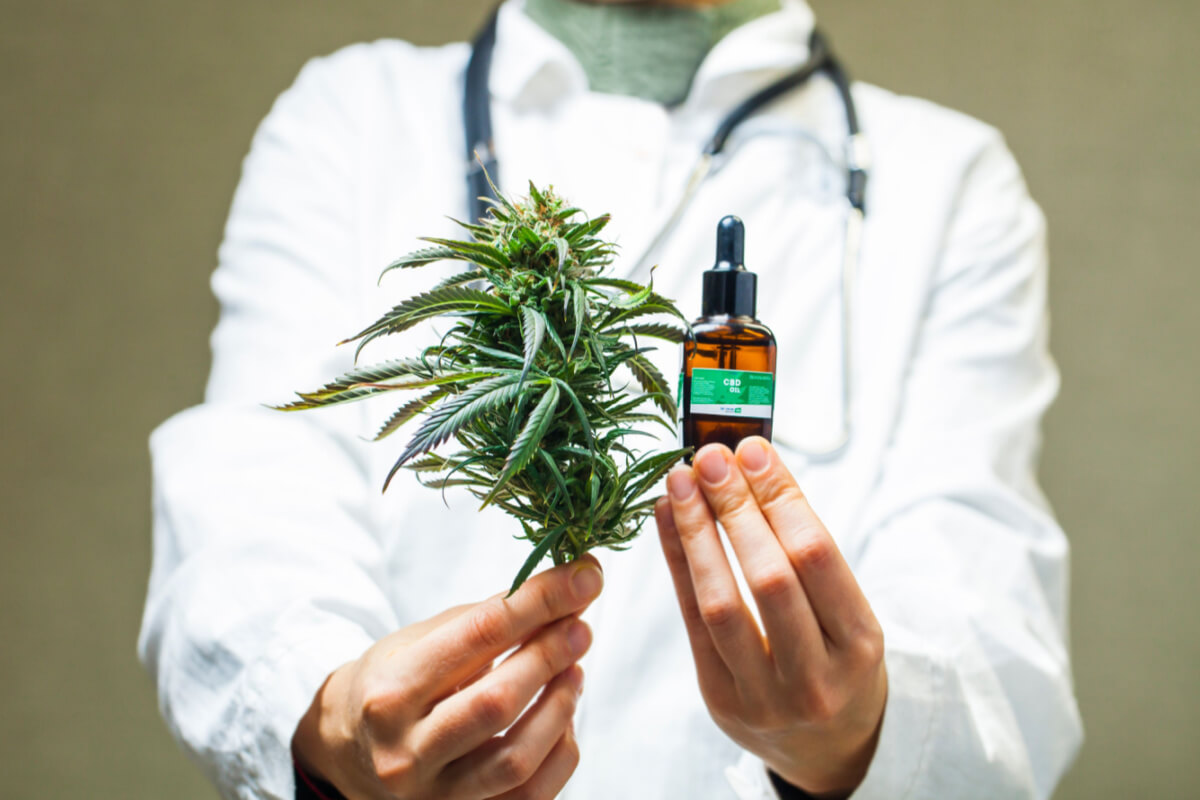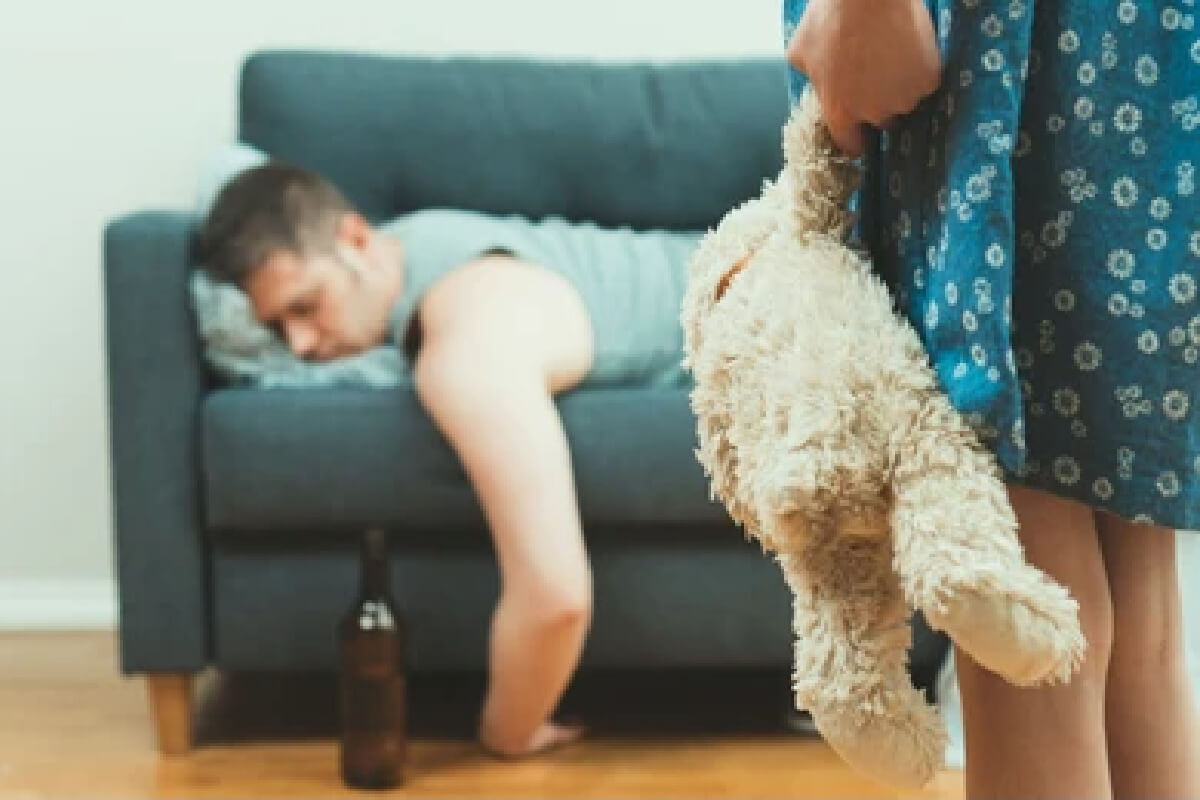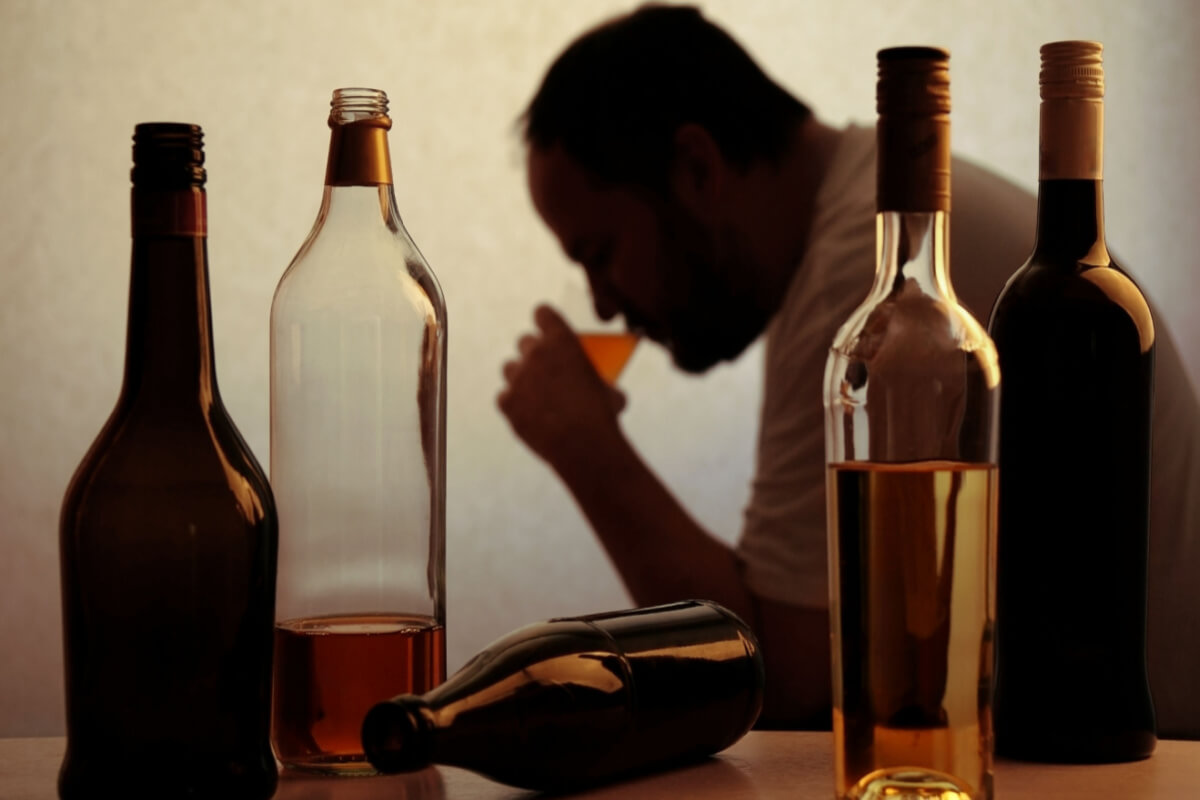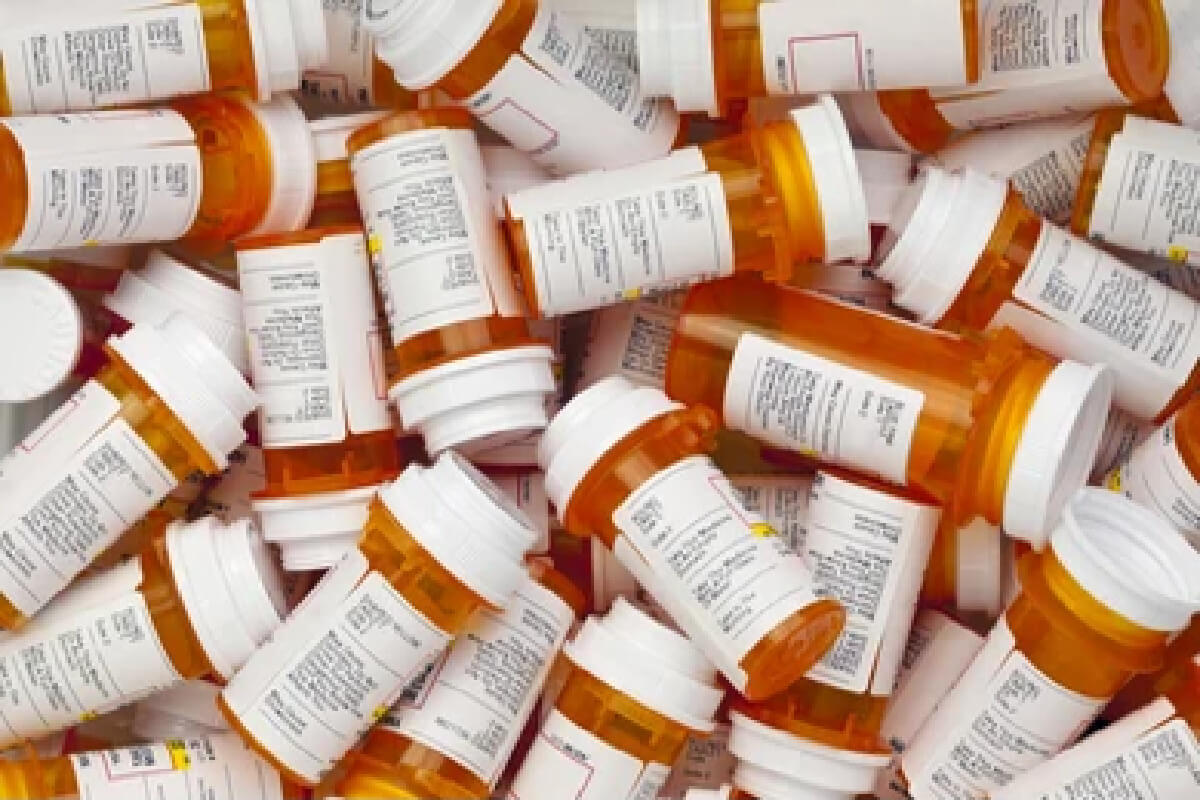
The National Institute on Drug Abuse (NIDA) defines drug misuse as any use of a prescription drug in a way or amount other than it was prescribed.[1] This can include the following:
- Nonmedical, or recreational, use of a prescription drug
- Taking drugs that are not prescribed to you
- Taking a higher dose than prescribed
- Altering the intended method of ingestion, such as crushing pills to snort or inject
- Taking prescription drugs more often/frequently than they are prescribed
- Continuing to take prescription drugs after your prescription has run out
- Doctor “shopping” or going to multiple doctors to receive additional prescriptions
- Inventing symptoms to receive prescription medications
The most commonly misused prescription drugs are opioids (generally painkillers), central nervous system (CNS) depressants (such as sedatives, tranquilizers, and hypnotics), and stimulant medications.
According to the 2020 National Survey on Drug Use and Health (NSDUH), more than 16 million people in the United States misused a prescription drug in the previous year.[2] Approximately 1.2 million had a prescription opioid use disorder, 1.2 million had a prescription sedative or tranquilizer use disorder, and 758,000 had a prescription stimulant use disorder.[2]
Prescription drug misuse is a serious concern with numerous potential negative consequences, including substance use disorder, overdose and death.
Drugs Categories That Are Commonly Misused
A few categories of commonly misused prescription drugs are:
- Opioids: Prescription opioids are painkillers, such as OxyContin (oxycodone) and Vicodin (hydrocodone), which are extremely habit-forming. These medications are prescribed to treat acute pain as they block pain receptors in the brain. They also work to suppress the central nervous system and activate opioid receptors in the brain to induce feelings of pleasure. They are commonly misused for the euphoria they can create. Prescription opioids are commonly misused through ingestion, chewing pills, crushing and snorting them, or dissolving them to inject the resulting substance. They can also be crushed and smoked.
- Central nervous system (CNS) depressants: This includes sedatives, hypnotics, and tranquilizers. Some common prescription CNS depressant drugs are benzodiazepines, which include Xanax (alprazolam) and Valium (diazepam). These drugs work to slow down the functions of the central nervous system, including heart rate, blood pressure, and respiration. They also are habit-forming and interfere with the reward processing system in the brain, which can cause a mellow high when misused. These drugs are commonly ingested, although they can also be chewed or crushed.
- Stimulants: This drug class includes medications like Ritalin (methylphenidate) and Adderall (amphetamine and dextroamphetamine). Prescription stimulants are most often used to treat ADHD and commonly misused to promote focus, increase energy, stay awake longer, as “study” drugs, or for the high they can produce when used recreationally. These drugs can also induce pleasure by impacting the brain chemicals involved in the reward processing center. They can be swallowed, crushed and snorted, or even injected.
Stats on Prescription Drug Abuse & Misuse
In the United States, in 2020, close to 6% of the adult population reported misusing a prescription mind-altering (psychotherapeutic) drug in the previous year.[2] Prescription drug misuse is considered an epidemic in the United States.[3]
A high rate of people who use drugs for the first time start with prescription drugs. These drugs are often viewed as “safer” since they are prescribed by a medical professional, but this is not the case, particularly not if they are being used by someone other than for whom the prescription was intended.
Prescription drug misuse is extremely dangerous. The scope of prescription drug misuse in the United States is as follows:
Teens/Young Adults
In 2021, an estimated 4.4% of high school seniors reported misusing a prescription drug in the past year.[4]
- According to the 2020 national survey, approximately 2.8%, or 688,000, adolescents between the ages of 12 and 17 misused prescription psychotherapeutic drugs.[2]
- Amphetamines are some of the most commonly misused drugs by teens. In 2021, 3% of 8th graders reported misusing them in the past year.[4]
- Young adults between the ages of 18 and 25 misuse prescription drugs at the highest rate. In 2020, approximately 9.5%, or 3.3 million young adults, reported past-year prescription psychotherapeutic drug misuse.[2]
- In 2020, approximately 4.8%, or 1.8 million young adults between the ages of 18 and 25, reported misuse of prescription stimulants in the past year, which was the highest misuse among the age groups.[2]
- In 2020, approximately 4.1%, or 1.4 million young adults between the ages of 18 and 25, reported past-year prescription painkiller misuse.[2]
Types of Drugs
- Prescription painkillers are some of the most misused prescription drugs. In 2020, approximately 9.3 million, or 3.3% of people in the United States ages 12 and older reported misusing prescription drugs.[2]
- Approximately 6.2 million, or 2.2%, of people ages 12 and older in the United States reported past-year prescription tranquilizer or sedative misuse in 2020.[2]
- Benzodiazepines are often classified separately. In 2020, 1.7%, or 4.8 million people in the United States ages 12 and older, reported past-year misuse of these drugs.[2]
- In 2020, approximately 1.8%, or 5.1 million people in the United States ages 12 and older, reported past-year misuse of prescription stimulants.[2]
Signs of Prescription Drug Misuse
Any use of a prescription drug without a prescription, or outside of the way the medication was prescribed to be used, is misuse. Signs of prescription drug misuse include the following:
- Going through prescriptions too fast
- Taking more medications at a time or taking medications in between doses
- Drug-seeking behaviors like going to multiple doctors or exaggerating symptoms
- Personality or mood changes
- Changes in eating habits and potential weight loss or gain
- Changes in sleep patterns and schedule
- Decreases in personal hygiene
- Changes in social circle or friendships/relationships
- Increased secrecy and withdrawal
- Drop in school or work performance
- Inability to fulfill commitments or obligations
Availability of Prescription Drugs
The relative availability of prescription drugs is one of the biggest risk factors for misuse. Many households have extra prescription drugs lying around from previous prescriptions. The availability of these drugs in the community is one of the big reasons these drugs get used and ultimately misused. Nearly half, 47.2%, of the people who misused prescription pain relievers in 2020 got them from a friend or relative. [2] If these drugs are readily available and accessible, they are more likely to be misused.
Misconceptions about Relative “Safety” of Prescription Drugs
One misconception about prescription drugs is that these drugs are somehow “safer” than “illicit” drugs because they are prescribed by a doctor. This is untrue. Using medications that are not prescribed for you or using them in a way other than they are prescribed, is extremely dangerous, and is responsible for a large percentage of both SUDs as well as overdose deaths in the United States. Just because a drug is prescription does NOT make it safe.
Short-Term Side Effects of Prescription Drug Misuse
Prescription drug misuse can have many dangerous short-term effects.
Drugs can create an intense and euphoric high when misused, which often leads to a crash when they wear off. They can induce relaxation, enhance energy, or block pain sensations. Drug abuse can reduce inhibitions and lead to risk-taking behaviors.
These are some of the short-term side effects based on the type of drug abused:
- Opioids
- Drowsiness
- Slowed heart rate and breathing
- Lowered body temperature
- Nausea
- Constipation
- Stimulants
- High body temperature
- Racing and irregular heart rate, heart attacks or arrhythmias
- Stroke or cerebral infarction
- Paranoia/psychosis
- CNS depressants
- Disorientation
- Slurred speech
- Lack of coordination
- Fatigue
- Shallow breathing, decreased respiratory drive
Long Term Side Effects of Prescription Drug Misuse
These types of prescription drugs are mind-altering, which means that they make changes to your brain. This can interfere with your ability to regulate emotions and feel happy without drugs.
Long-term prescription drug abuse can cause drug tolerance, meaning you will need more drugs to feel their effects. Regular and repeated abuse of prescription drugs can cause drug dependence, which can result in difficult withdrawal symptoms when the drugs process out of the body.
Withdrawal symptoms will vary according to the type of drug class, but general symptoms include the following:
- Drug cravings
- Anxiety
- Depression
- Sleep issues
- Nausea/Vomiting
- Chills
- Fatigue
- Lack of focus and coordination
- Muscle aches
- Seizures
- Delirium
Prescription drug abuse can lead to an overdose death at any point if too much of a substance is taken or it is mixed with another substance. In the long term, addiction is common with repeated misuse.
Prescription Drug Overdose Statistics
Prescription drug misuse can lead to fatal overdose, especially if these drugs are taken with alcohol or other substances. An average of 38 people died every day in the United States from a prescription opioid overdose in 2019.[5]
Opioid overdoses are among the biggest health concerns in the United States. Prescription opioids were involved in nearly a third of all opioid overdose fatalities in 2019.
In 2020, approximately 16,416 people died from a prescription opioid overdose, 12,290 died from an overdose involving a benzodiazepine, and 5,597 people died from an overdose involving an antidepressant.[6]
How Patients and Providers Can Prevent Prescription Drug Misuse
What Patients Can Do
Education about the dangers of prescription drugs is essential. Parents, youth, community members, and patients should all be educated about prescription drugs and the risk factors involved with using – and misusing – them.
Patients should store prescription drugs safely away from others. Patients should be educated not to share these medications with other family members, even if the intent is to be helpful or to treat pain in their loved one.
Patients should be informed of how to properly dispose of unused medications as advised by the U.S. Food and Drug Administration (FDA).[8] Most states have drug disposal locations. There are also drug take-back days where you can safely get rid of unused, unwanted, or expired prescription medications to prevent them from being misused.
What Providers Can Do
Providers should also be educated on safe and appropriate prescription practices. Prescribers should utilize their state’s Prescription Drug Monitoring Program (PDMP), which is an electronic database that keeps track of controlled prescriptions.[7] Providers should be educated about guidelines on best practices for prescribing substances with misuse potential, and should always be prescribing the least quantity and potent drug that is appropriate for a patient’s condition. In addition, prescribers should be encouraged to ask patients openly and honestly about their addiction history and ask their permission to prescribe them substances that carry misuse potential before doing so.
Treatment for Prescription Drug Misuse
Treatment for prescription drug misuse depends highly on the needs of the individual patient, and usually involves a combination of Medications for Addiction Treatment (MAT) and behavioral therapies. A substance use disorder is often best treated through a specialized treatment program. Treatment methods may include the following aspects:
- Behavioral therapies
- Group and individual counseling
- Support groups
- MAT (Medications for Addiction Treatment)
- Life skills training
- Dual diagnosis treatment for co-occurring disorders
Together, Patients and Providers can get educated about Prescription Drug Misuse and take steps to combat this epidemic in our country.

Medically Reviewed By Elena Hill, MD, MPH
Elena Hill, MD; MPH received her MD and Masters of Public Health degrees at Tufts Medical School and completed her family medicine residency at Boston Medical Center. She is currently an attending physician at Bronxcare Health Systems in the Bronx, NY where ... Read More
- Misuse of Prescription Drugs Research Report Overview. National Institute on Drug Abuse. https://nida.nih.gov/publications/research-reports/misuse-prescription-drugs/overview. June 2020. Accessed June 2022.
- Key Substance Use and Mental Health Indicators in the United States: Results from the 2020 National Survey on Drug Use and Health. Substance Abuse and Mental Health Services Administration. https://www.samhsa.gov/data/report/2020-nsduh-annual-national-report. October 2021. Accessed June 2022.
- Prescription Drug Abuse. Office of National Drug Control Policy. https://obamawhitehouse.archives.gov/ondcp/prescription-drug-abuse1. Accessed June 2022.
- Monitoring the Future Survey. National Institute on Drug Abuse. http://monitoringthefuture.org/data/21data/table2.pdf. December 2021. Accessed June 2022.
- Prescription Opioid Overdose Death Maps. Centers for Disease Control and Prevention. https://www.cdc.gov/drugoverdose/deaths/prescription/maps.html. March 2021. Accessed June 2022.
- CDC Wonder Database. Centers for Disease Control and Prevention. https://wonder.cdc.gov/ucd-icd10.html. June 2022. Accessed June 2022.
- Prescription Drug Monitoring Programs. Centers for Disease Control and Prevention (CDC). https://www.cdc.gov/drugoverdose/pdmp/index.html. March 2021. Accessed June 2022.
- Where and How to Dispose of Unused Medications. U.S. Food and Drug Administration. https://www.fda.gov/consumers/consumer-updates/where-and-how-dispose-unused-medicines. April 2021. Accessed June 2022.
Download Our Free Program Guide
Learn about our program, its effectiveness and what to expect
Related articles
Imagine what’s possible on the other side of opioid use disorder.
Our science-backed approach boasts 95% of patients reporting no withdrawal symptoms at 7 days. We can help you achieve easier days and a happier future.



